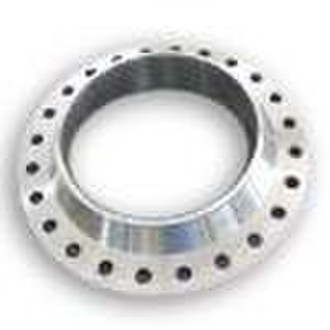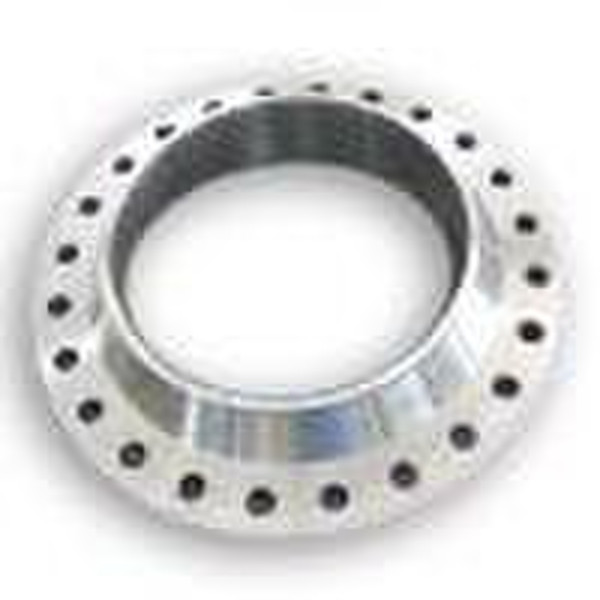Catalog
-
Catalog
- Agriculture
- Apparel
- Automobiles & Motorcycles
- Beauty & Personal Care
- Business Services
- Chemicals
- Construction & Real Estate
- Consumer Electronics
- Electrical Equipment & Supplies
- Electronic Components & Supplies
- Energy
- Environment
- Excess Inventory
- Fashion Accessories
- Food & Beverage
- Furniture
- Gifts & Crafts
- Hardware
- Health & Medical
- Home & Garden
- Home Appliances
- Lights & Lighting
- Luggage, Bags & Cases
- Machinery, Hardware & Tools
- Measurement & Analysis Instruments
- Mechanical Parts & Fabrication Services
- Minerals & Metallurgy
- Office & School Supplies
- Packaging & Printing
- Rubber & Plastics
- Security & Protection
- Service Equipment
- Shoes & Accessories
- Sports & Entertainment
- Telecommunications
- Textiles & Leather Products
- Timepieces, Jewelry, Eyewear
- Tools
- Toys & Hobbies
- Transportation
Filters
Search
Flange, Welding-Neck, Slip-On, Blind, Threaded, La
China

Frank zhou
Contact person
Basic Information
| Place of Origin | China |
|---|
Welding Neck Flanges: The welding neck flange is normally referred to as the "high hub" Flange. It is designed to transfer stresses to the pipe, thereby reducing high stress concentrations at the base of the Flange. The welding neck flange is the best designed butt-welded flange of those currently available because of its inherent structural value. It is expensive because of the design.Threaded (Screwed) Flanges: The threaded flange is similar to the slip-on flange, but the bore is threaded. Its chief merit is that it can be assembled without welding, explaining its use in low pressure services at ordinary atmospheric temperatures and in highly explosive areas where welding create a hazard.Slip-On Flanges: The slip-on flange has a low hub because the pipe slips into the flange prior to welding. It is welded both inside and out to provide sufficient strength and prevent leakage. Slip-on flanges are all bored slightly larger that the O.D. of the matching pipe. They are preferred over welding neck flanges by many users due to their lower initial cost, but final installation cost is probably not much less than that of the welding neck flange because of the additional welding involved.Lap joint Flanges: The lap joint flange is practically identical to a slip-on flange except it has a radius at the intersection of the bore and flange race. This radius is necessary to have the flange accommodate a lap joint stub end. Normally, a lap joint flange and a lap joint stub end are mated together in an assembly system.Blind Flanges: The blind flange is a flange without a bore. It is used to close off the ends of a piping system and/or a pressure vessel opening. It also permits easy access to the interior of a line or vessel once it has been sealed and must be reopened.Socket Welding Flanges: The socket welding flange is similar to a slip-on flange except it has a bore and a counter bore dimension. The counter bore is slightly lager than the O.D. of the matching pipe, allowing the pipe to be inserted into the flange similar to a slip-on flange. The diameter of the smaller bore is the same as the I.D. of the matching pipe. A restriction is built into the bottom of the bore which sets as a shoulder for the pipe to rest on. This eliminates any restriction in flow when using a socket welding flange.
-
Payment Methods
We accept:









